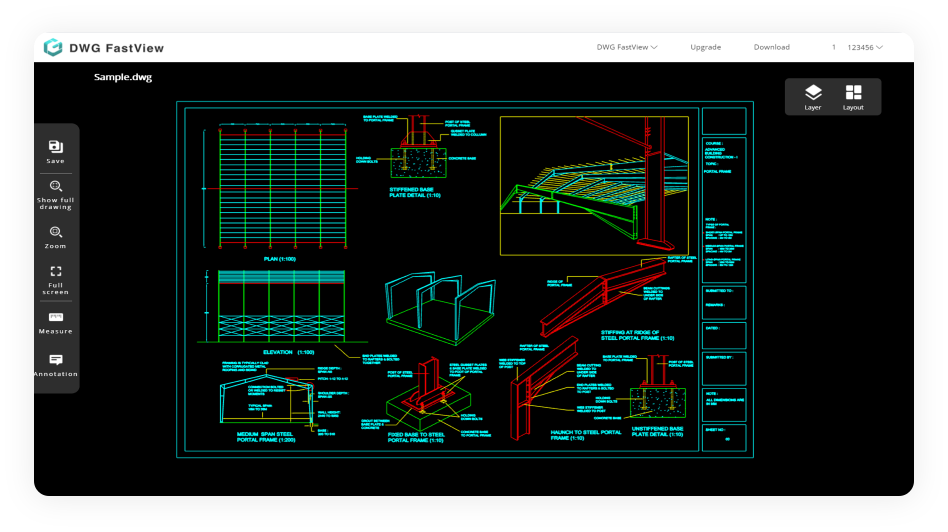Understanding CAD Files: A Comprehensive Guide
In the realm of design and engineering, CAD files play a pivotal role. But what exactly is a CAD file? This article delves into the intricacies of CAD files, exploring their types, formats, and applications.To get more news about what is a cad file, you can visit gstarcad.net official website.
What is a CAD File?
A CAD (Computer-Aided Design) file is a digital file created by CAD software that contains detailed information about a designed object. This information can include geometric data, manufacturing data, material properties, and other product or process data. CAD files can represent both 2D and 3D designs and are used by designers, engineers, manufacturers, scientists, and digital artists.
Types of CAD Files
CAD files can be broadly categorized into two main types: native formats and neutral formats.
Native Formats: These are proprietary to specific CAD software and are the intellectual property of the system used. Examples include .dwg (AutoCAD), .CATPart (CATIA), and .sldprt (SolidWorks). Native formats are highly detailed and accurate when used with their corresponding CAD software.
Neutral Formats: These are open formats that are not tied to any specific CAD program. They are designed to be interoperable between different CAD software, making them ideal for collaborative work. Examples include .igs (IGES), .stp (STEP), and .stl (STL). While there may be some loss of detail when using neutral formats, they are versatile and widely used.
Common CAD File Formats
There are numerous CAD file formats, each with its own unique characteristics and applications. Some of the most common formats include:
DWG: A native format for AutoCAD, DWG files contain 2D and 3D design data and metadata. They are widely used in the architecture, engineering, and construction industries.
STEP: A neutral format that allows the exchange of 3D data between different CAD systems. STEP files are commonly used in the automotive and aerospace industries.
IGES: Another neutral format, IGES files are used to transfer 2D and 3D data between different CAD systems. They are often used in the manufacturing industry.
STL: A neutral format used primarily for 3D printing and computer-aided manufacturing. STL files describe the surface geometry of a 3D object without any color, texture, or other attributes.
Properties Stored in CAD Files
CAD files can store a wide range of information, including:
Geometry Representation: This includes the shape, size, and dimensions of the designed object. The two most common ways to represent 3D data in CAD files are meshes (polygonal representations) and B-Rep (boundary representations).
Topology: This refers to the spatial relationships between different parts of the design. It includes information about how different geometric entities are connected.
Product Design: This includes detailed information about the design, such as material properties, manufacturing processes, and assembly instructions.
Metadata: This includes additional information about the design, such as author, creation date, and version history.
Visual Representation: This includes information about the appearance of the design, such as colors, textures, and lighting.
Applications of CAD Files
CAD files are used in a wide range of industries and applications, including:
Architecture: CAD files are used to create detailed architectural plans and blueprints. They allow architects to visualize and modify their designs before construction begins.
Engineering: Engineers use CAD files to design and analyze mechanical components and systems. CAD files enable precise calculations and simulations, ensuring that designs meet performance and safety requirements.
Manufacturing: CAD files are used to create detailed manufacturing plans and instructions. They enable manufacturers to produce complex parts and assemblies with high precision.
3D Printing: CAD files are used to create 3D models for printing. They provide the necessary information for 3D printers to produce accurate and detailed physical objects.
Conclusion
In conclusion, CAD files are an essential tool in modern design and engineering. They provide detailed information about designed objects, enabling precise and efficient creation, analysis, and modification of designs. Whether you are an architect, engineer, manufacturer, or digital artist, understanding CAD files and their formats is crucial for success in your field.








Comments (0)